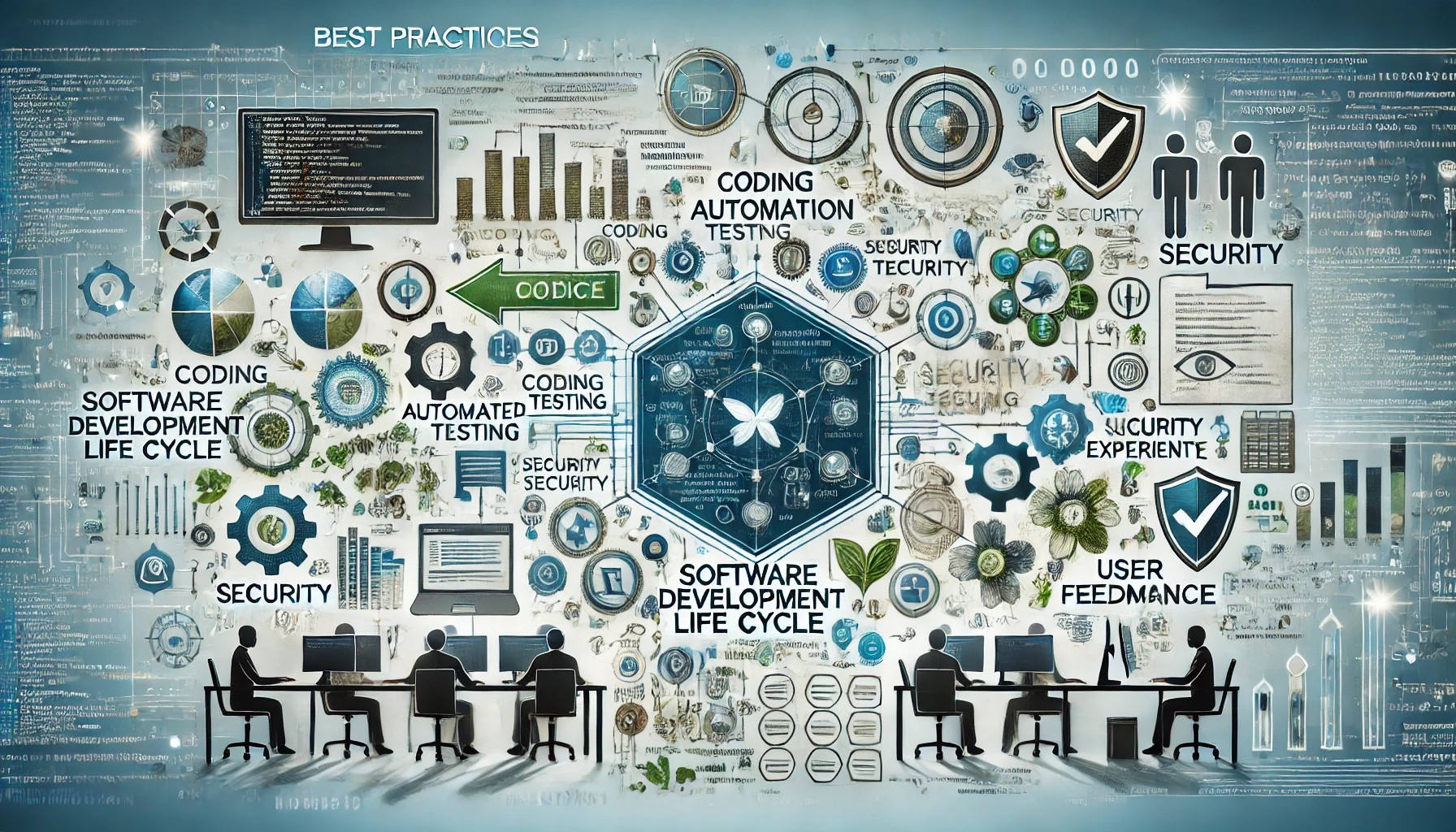Mastering the Modern SDLC: Best Practices for Success

In today's quickly changing technological landscape, adhering to best practices throughout the Software Development Life Cycle (SDLC) is more vital than ever. The SDLC is no longer only about providing functional software; it is now about guaranteeing quality, security, scalability, and flexibility to meet changing requirements. To succeed in this new era, developers and project managers must embrace a more agile, collaborative, and iterative approach to software development.
One of the most important best practices in modern SDLC is to embrace agile approaches. Traditional waterfall models frequently cause delays and inflexibility, but agile enables teams to work iteratively, respond to input rapidly, and deliver features progressively. Agile approaches, such as daily stand-ups, sprints, and continuous integration/continuous deployment (CI/CD), have become critical for delivering high-quality software on schedule.
Automation is another key component of the new SDLC era. Automated testing, code reviews, and deployment pipelines enable shorter development cycles while lowering the risk of human error. Selenium, Jenkins, and Docker are essential tools for automating processes, allowing teams to focus on innovation while ensuring code integrity and system reliability.
Collaboration across development, operations, and security teams, known as DevSecOps, has also become the norm in the modern SDLC. Integrating security principles early in the development process reduces vulnerabilities and ensures that security is not overlooked. This method ensures that security, performance, and compliance are integrated throughout the SDLC.
Finally, addressing user experience (UX) is critical in today's competitive environment. Involving people early in the development process, including feedback loops and user testing, can result in more intuitive and pleasant products. Combining UX design with agile and automated workflows guarantees that the software achieves both functional and user-centred objectives, resulting in a more comprehensive development process. Organizations that follow these best practices may produce secure, scalable, and user-friendly software in the fast-paced digital world.
Creativity Meets Code.
Join our mailing list
© Copyright xklsv 2025. All Rights Reserved
xklsv